Click on image for full size
Windows to the Universe original image
Sun-Earth Day 2005
News story originally written on March 18, 2005
March 20, 2005 is the Vernal Equinox (the
"first day" of Spring in the Northern Hemisphere or the "first day" of Fall
in the Southern Hemisphere). It is also
Sun-Earth Day! Sun-Earth Day is a celebration of the Sun,
the space around the Earth (geospace),
and
how
all
of it affects
life on our planet. In classrooms, museums,
planetariums, and at NASA centers, we plan to have a blast sharing stories,
images, and activities
related to the
Sun-Earth connections in our Solar
System.
NASA’s Sun-Earth Connection
Education Forum provides lots of information
about Sun-Earth Day. This year NASA's theme for Sun-Earth Day is "Ancient
Observatories: Timeless Knowledge", which provides a look at observations of the Sun by
many different cultures throughout history.
Please see the links below for more information on how to participate in Sun-Earth
Day.
You might also be interested in:

The spring and autumn equinoxes occur around March and September 21. These are special points in the Earth's orbit when the Sun appears directly above the Earth's equator. Day and night are nearly the
...more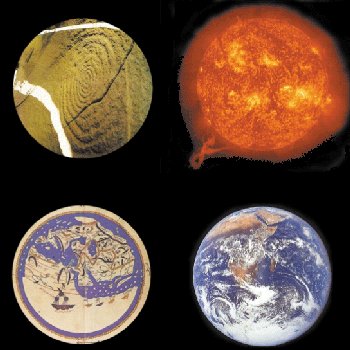
March 20, 2005 is the Vernal Equinox (the "first day" of Spring in the Northern Hemisphere or the "first day" of Fall in the Southern Hemisphere). It is also Sun-Earth Day! Sun-Earth
...more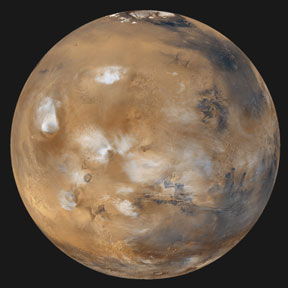
Sometimes Earth gets pretty close to the planet Mars. Mars and Earth will be close to each other on October 30, 2005. Mars will look like a bright red star. Mars will be about 69 million km (43 million
...more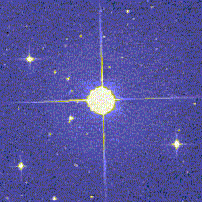
Astronomers have found another planet outside our solar system. That makes a total of 102 exoplanets that have been found so far! The astronomers that found the exoplanet, have been searching outside
...more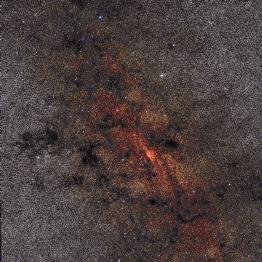
Have you ever wanted to see a picture of a star? How about 2 million pictures?! The Two-Micron All Sky Survey (2MASS)has put together all these images of stars for you to see! Just click on the link below
...more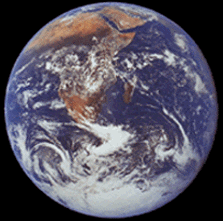
Earth may look like a giant marble from space, but it is not exactly round! It is a little wider around the equator, like a tangerine. But Earth's shape does not stay the same! Scientists have been watching
...more
Scientists found a large amount of chlorine in Io's atmosphere! Io is one of Jupiter's moons. It has more chlorine than Earth. Chlorine is part of salt, so there may be salt on Io! Salt is a very important
...more
The arctic may be a cold place, but global climate changes are making it warmer every year. People in the village of Shishmaref, Alaska have noticed that winters are warmer now than they used to be. Also,
...more














